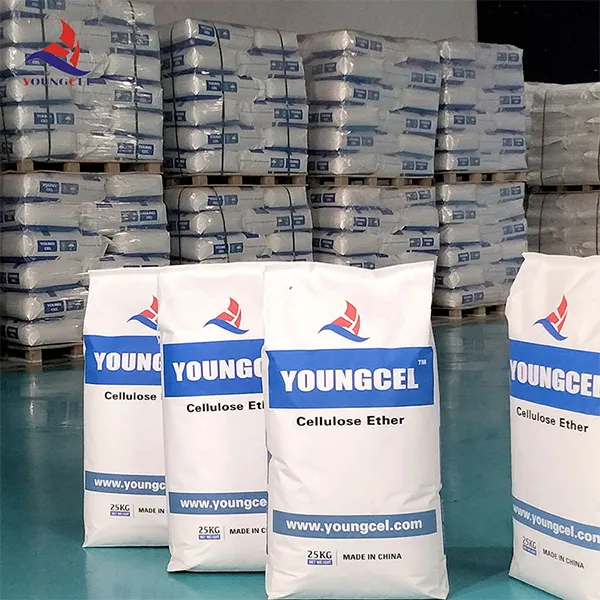The Role of HPMC in Building Coatings and Adhesives
Building materials have undergone significant advancements over the years, not only in terms of functionality but also in terms of environmental sustainability and performance. One of the key components that have been recognized for its versatility and effectiveness in this domain is Hydroxypropyl Methylcellulose (HPMC). This cellulose ether is extensively used as a thickening agent, binder, and water-retention agent in various building coatings and adhesives. Understanding its properties and applications can illuminate its importance in the construction industry.
What is HPMC?
HPMC is a cellulose derivative that is soluble in water and has a range of molecular weights and substitution patterns. This non-ionic cellulose ether is derived from natural cellulose, making it an environmentally friendly option. Due to its unique structure, HPMC enhances the performance of building materials while also providing a number of other beneficial properties.
Functionality in Coatings
In the realm of building coatings, HPMC offers several advantages. It acts primarily as a thickener, which helps to improve the viscosity of the paint or coating. This ensures that the coating can be applied smoothly and uniformly, increasing the ease of use and the quality of the finish. Furthermore, HPMC enhances the stability of the coating, preventing phase separation and settling, which is crucial for maintaining the uniformity of color and texture over time.
Another significant benefit of HPMC in coatings is its excellent water-retention capability. This property is particularly important in outdoor applications where weather conditions can impact the curing process of coatings. By retaining moisture, HPMC ensures that coatings dry evenly and adhere properly to substrates, leading to improved durability and resistance to environmental factors.
building coating adhesive hpmc

Applications in Adhesives
HPMC is equally important in the formulation of adhesives used in construction. Its thickening and binding properties improve the adhesive’s ability to bond materials together. HPMC enhances the tackiness and open time of the adhesive, allowing for better positioning of materials before the adhesive sets. This is particularly crucial in tile adhesives and other construction adhesives where precise application is necessary.
Moreover, HPMC provides significant benefits in terms of workability. It allows for greater user control during the application, reducing the likelihood of waste and ensuring that the adhesive can be spread evenly. The water-retention ability of HPMC also means that adhesives maintain their effectiveness over time, minimizing the risk of bond failure due to drying out.
Environmental Considerations
In today’s construction industry, emphasis is placed on sustainability and eco-friendliness. HPMC meets these requirements as it is derived from renewable cellulose sources and is biodegradable. Additionally, its formulation allows for lower emissions of volatile organic compounds (VOCs), making it a safer choice for both users and the environment.
Conclusion
The incorporation of Hydroxypropyl Methylcellulose in building coatings and adhesives has transformed the construction industry. Its unique properties facilitate superior application, enhance product performance, and contribute to sustainability goals. As the industry continues to evolve and seeks more environmentally friendly solutions, HPMC remains a vital component for builders and manufacturers aiming for quality and reliability. Understanding and utilizing this versatile material can lead to better building practices and improved construction outcomes for various applications.
-
The Application and Significance of Construction RdpNewsMay.19,2025
-
Industrial Grade HpmcNewsMay.19,2025
-
Building Coating Adhesive Building Coating Adhesive HpmcNewsMay.19,2025
-
Application Of Hpmc For Detergent For Detergent In DetergentsNewsMay.19,2025
-
Application Of Hpmc Cellulose In Cement-Based MaterialsNewsMay.19,2025
-
Application Of High Quality Hpmc For Construction In The Field Of ConstructionNewsMay.19,2025




